As I think that leaders should be able to describe what they are looking for in schools I have thought of eight things that I really want to see in today's classroom. I really believe that classro...
|
|
Scooped by Beth Dichter |
Although this was posted in 2013, the ideas of what we should look for in our classroom are still relevant. George Couros provides an image (as seen above) as well as more detailed explanations for each suggestion. Ask yourself if your learners have these options in your classroom.
1. Voice - the ability to learn from others and share their learning.
2. Choice - about how they learn and what they learn.
3. Time for reflection (often overlooked in our very busy classrooms).
4. Opportunities for innovation
5. Critical thinkers - asking the questions and challenging what they see, respectfully.
6. Problem solvers/finders - what is a problem the learners see? How would they solve the problem?
7. Self-assessment - do your learners assess themselves or do you do the assessment? What would happen if they were given this opportunity?
8. Connected learning - bringing in experts from your community or further afield (perhaps by using Skype).
The post is worth reading as he provides additional insights to each area. In addition he provides one more piece that is also critical in your classroom. Click through to the post to learn more.



 Your new post is loading...
Your new post is loading...
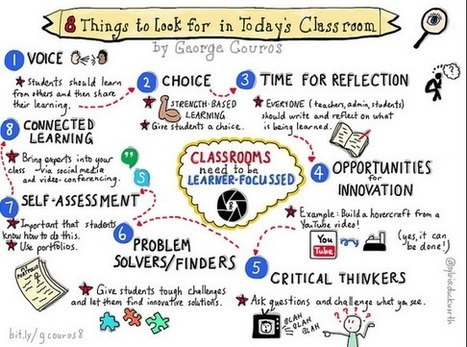


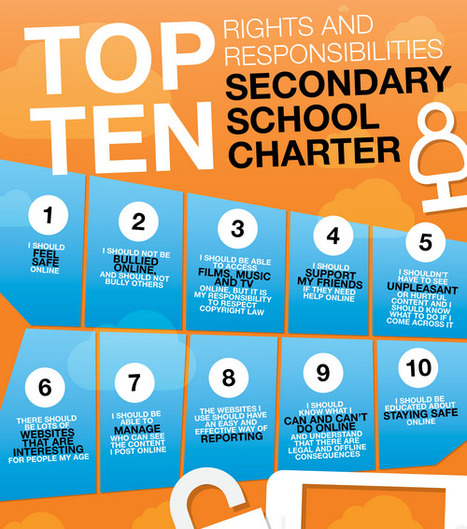
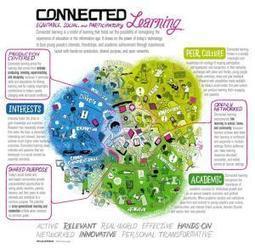
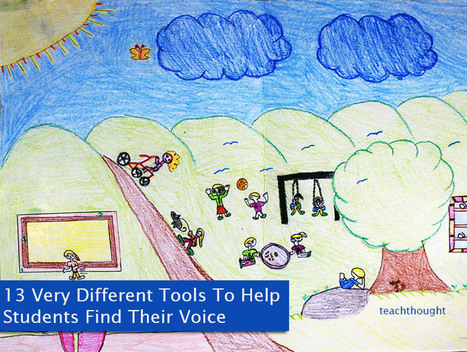





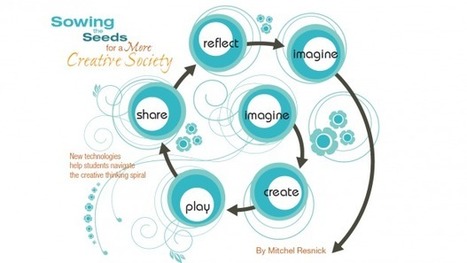





Thx Beth Dichter
Clear and easy to understand!